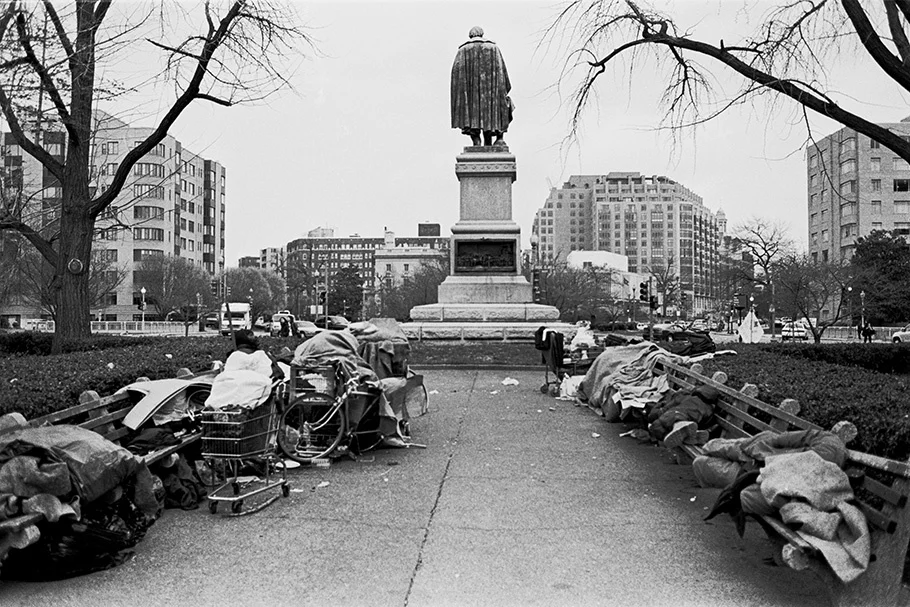Advocating for Families living below poverty levels
We proactively works with local, regional and statewide agencies on issues relating to homelessness and affordable housing. We advocate for just treatment and services for homeless adults and homeless children, as well as impact affordable housing supply and permanent housing options for low to moderate income families
Helping All to Succeed
We assists individuals/families in securing and maintaining employment that will sustain their economic self sufficiency. Job readiness training, resume writing, and mock interviewing are some of the counseling services offered. Once meaningful employment is secured, individuals/families and our team focus on job retention and further employment training to continue to increase income and lasting independence.
Serving Our Homeless
Volunteer mentors assist individuals and families as they work to develop the life-skills necessary for self-sufficiency. Mentors help families with: budget development and savings plan, debt reduction, financial literacy, self-esteem, emotional support, parental skills and healthy decision making. We are available to assist individuals and families in accessing resources that are important to achieve their individual short-term and long-term goals.










